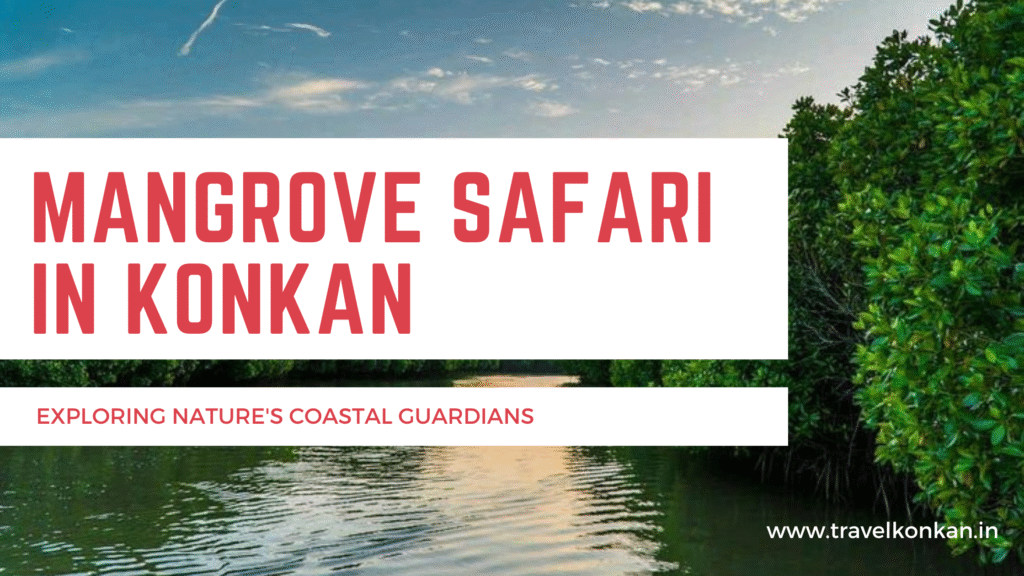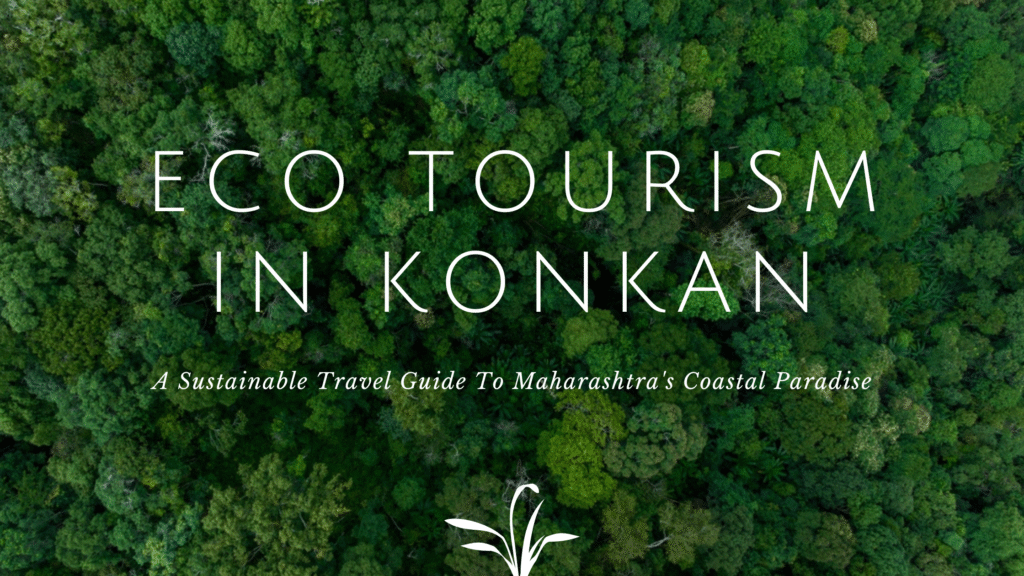The Konkan coast, stretching along the western shoreline of Maharashtra, is a treasure trove of biodiversity, cultural heritage, and untouched natural beauty. Among its many ecological wonders, the mangrove forests stand out as quiet, resilient guardians of the coast—and in recent years, they’ve become the heart of a growing eco-tourism attraction: The Mangrove Safari.
What is a Mangrove Safari?
A Mangrove Safari is a guided boat ride through the dense and labyrinthine waterways of mangrove forests. These tours allow visitors to explore the unique ecosystem where salt-tolerant trees thrive in intertidal zones, forming dense root networks that act as nurseries for marine life.
In the Konkan region—particularly around places like Dhamapur, Malvan, Vengurla, and Devgad—local communities and eco-tourism initiatives offer mangrove safaris that not only showcase the region’s natural beauty but also educate visitors about the vital role mangroves play in coastal protection and climate resilience.
Why Mangroves Matter
Mangroves are one of the most productive and biologically diverse ecosystems on Earth. Here’s why they’re important:
- Coastal Protection: They act as natural barriers against storms, cyclones, and erosion.
- Biodiversity Hotspot: Mangroves are home to a variety of birds, fish, crustaceans, and reptiles.
- Carbon Sink: They absorb large amounts of carbon dioxide, helping mitigate climate change.
- Fish Breeding Grounds: The tangled roots provide a safe haven for juvenile fish and other marine life.
Experience the Wild: What to Expect on a Konkan Mangrove Safari
- Scenic Boat Rides
Drift through serene waterways flanked by dense mangrove canopies. The stillness is occasionally interrupted by the call of a kingfisher or the splash of a jumping fish. - Birdwatching
The mangroves attract a wide range of bird species including herons, egrets, cormorants, and migratory birds. Birdwatchers can expect a rewarding experience, especially during the winter months. - Local Flora and Fauna
Keep an eye out for mudskippers, fiddler crabs, and if you’re lucky, even otters. The guides often share stories and insights about the traditional uses of mangrove plants in local medicine and folklore. - Community-Led Initiatives
Many safaris are managed by local fishing or women’s cooperatives, offering an authentic and sustainable tourism model. Visitors not only enjoy the safari but also support rural livelihoods.
Best Time to Visit
The ideal time for a mangrove safari in Konkan is between October and March, when the weather is pleasant and bird activity is at its peak. However, the monsoon season also transforms the landscape into a lush paradise—perfect for those who enjoy nature in its wildest form.
Eco-Tourism and Conservation
With growing environmental awareness, mangrove safaris are evolving into powerful tools for conservation education. Local NGOs and forest departments often collaborate with villagers to protect mangrove patches and promote responsible tourism.
By participating in these safaris, tourists contribute directly to the preservation of fragile coastal ecosystems while enjoying a truly offbeat travel experience.
Getting There
The Konkan coast is well connected via road and rail from Mumbai, Pune, and Goa. Major towns like Malvan, Ratnagiri, and Sindhudurg serve as gateways to nearby mangrove safaris.
Conclusion
A mangrove safari in Konkan is more than just a boat ride—it’s a journey into the heart of an ecosystem that sustains life along the coast. It’s where adventure meets awareness, and where serene waters whisper stories of resilience and coexistence.
Whether you’re a nature lover, a photographer, or a curious traveler looking for something beyond beaches and forts, the mangrove safaris of Konkan promise an unforgettable experience.



